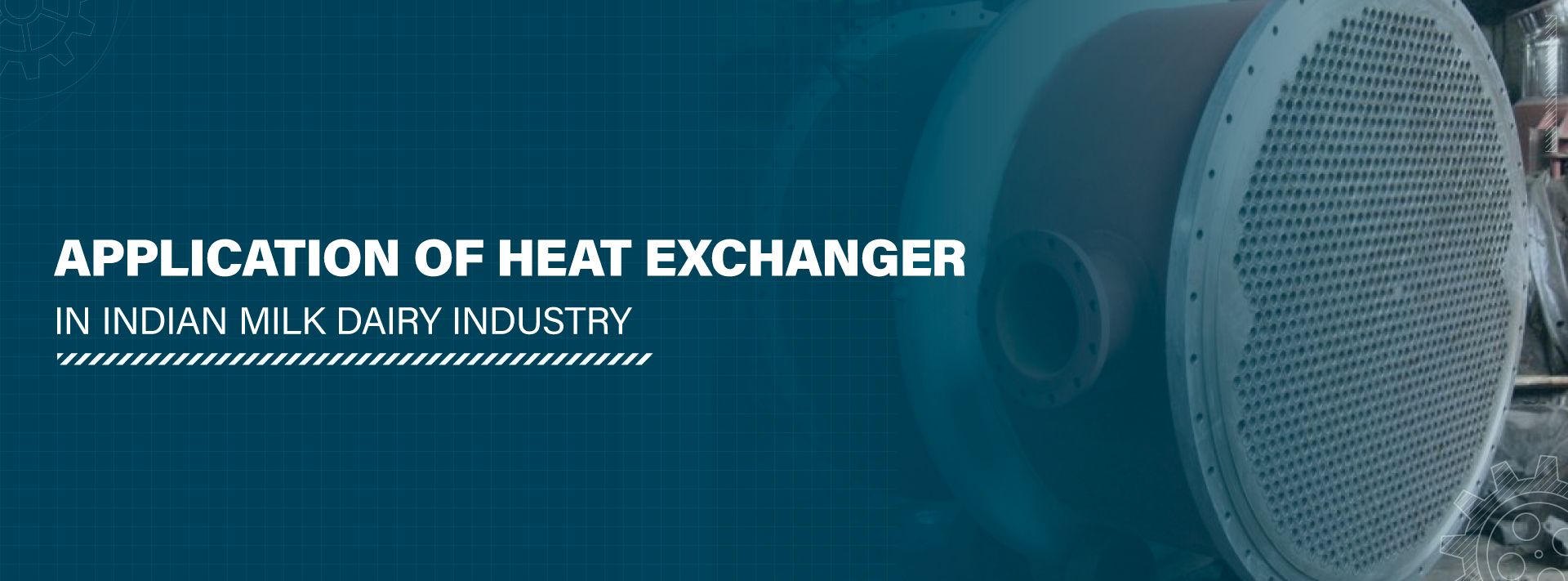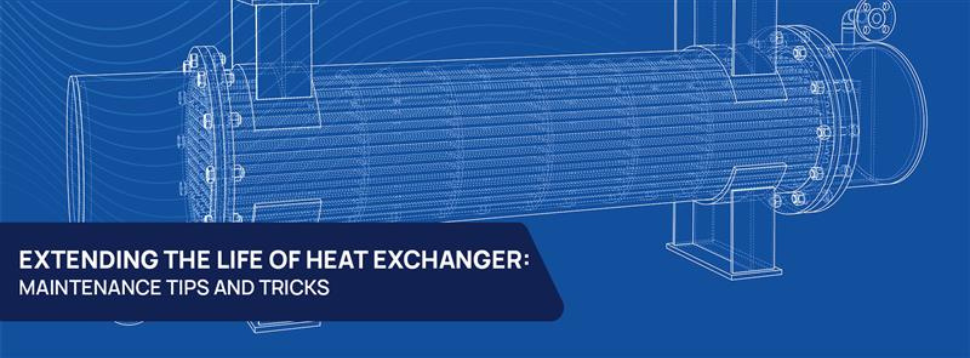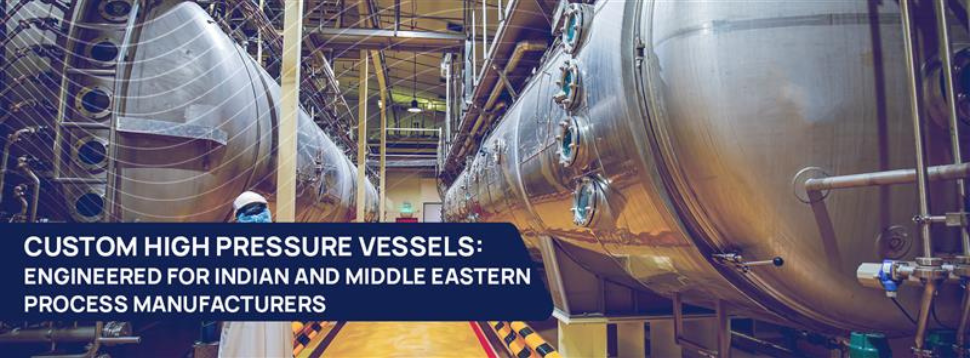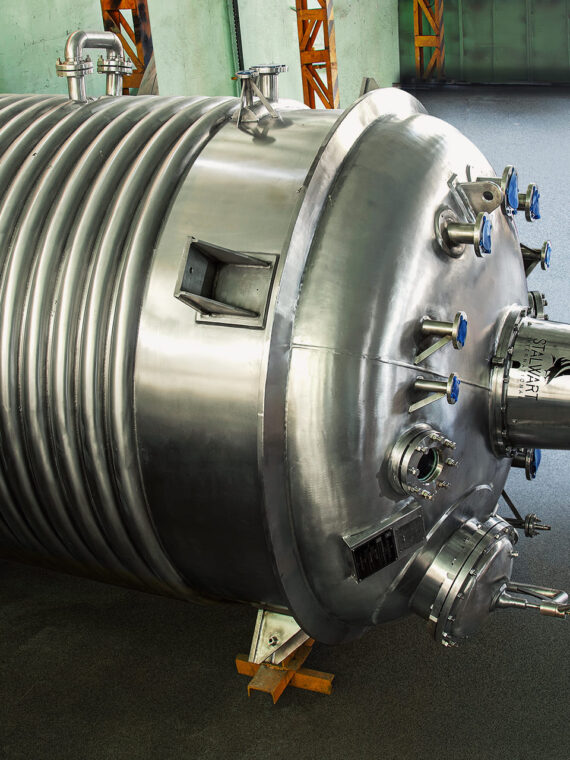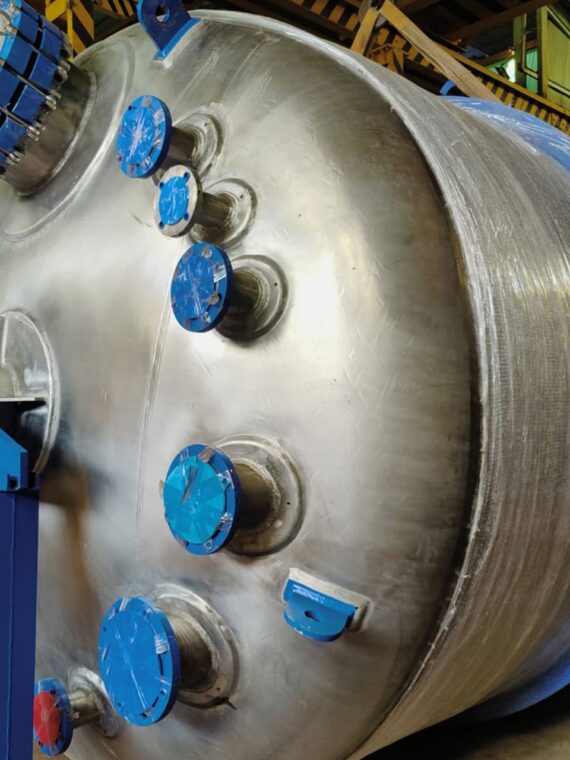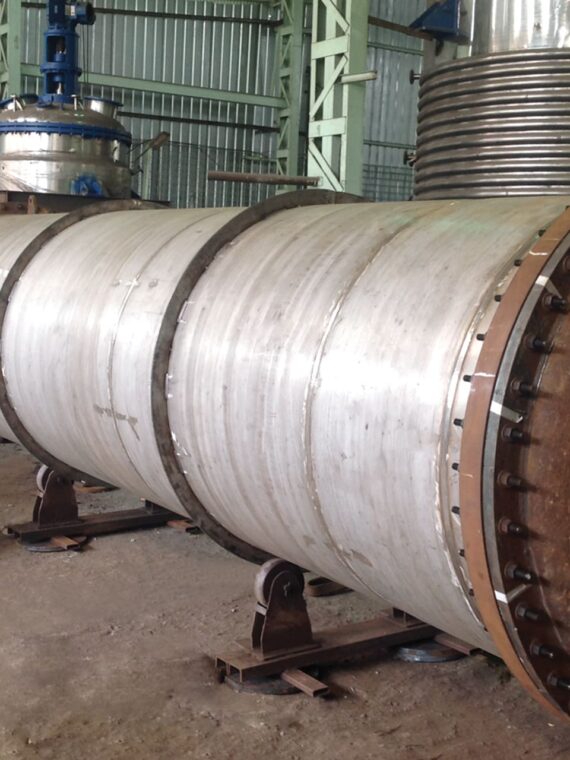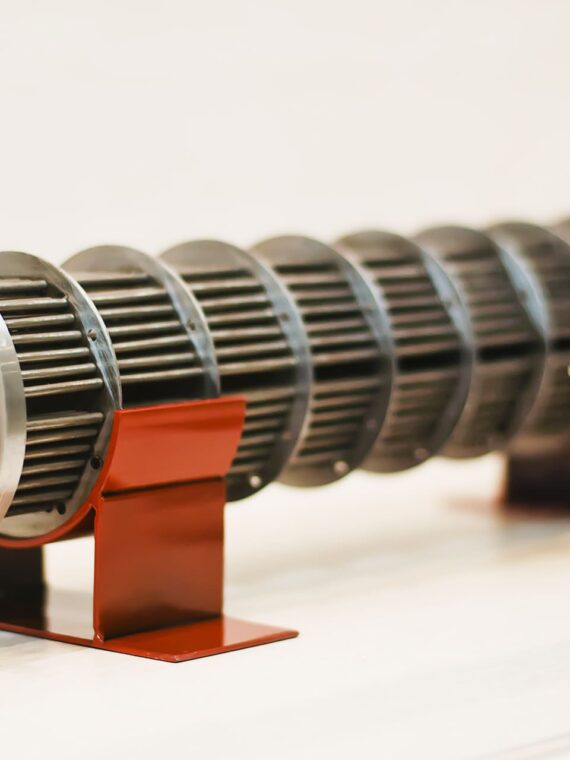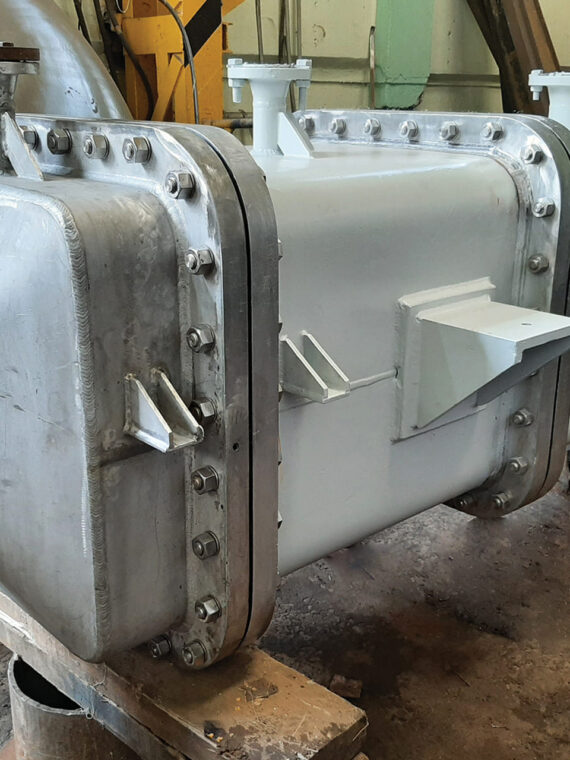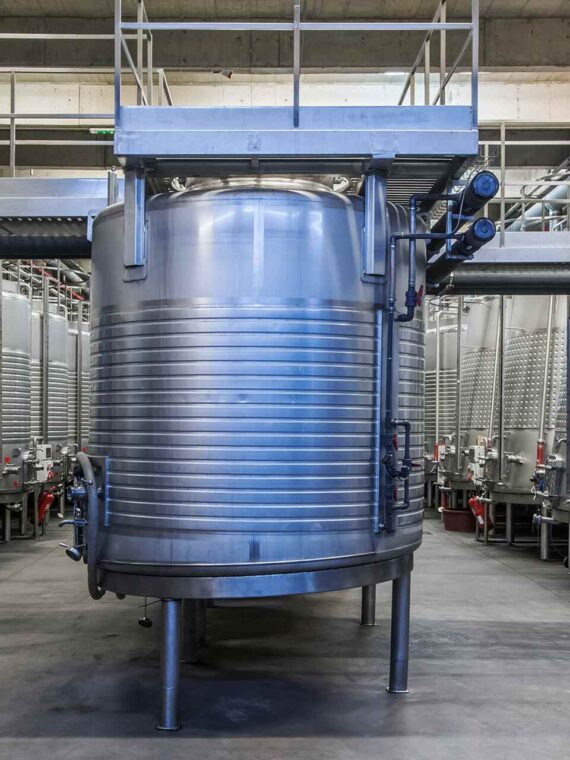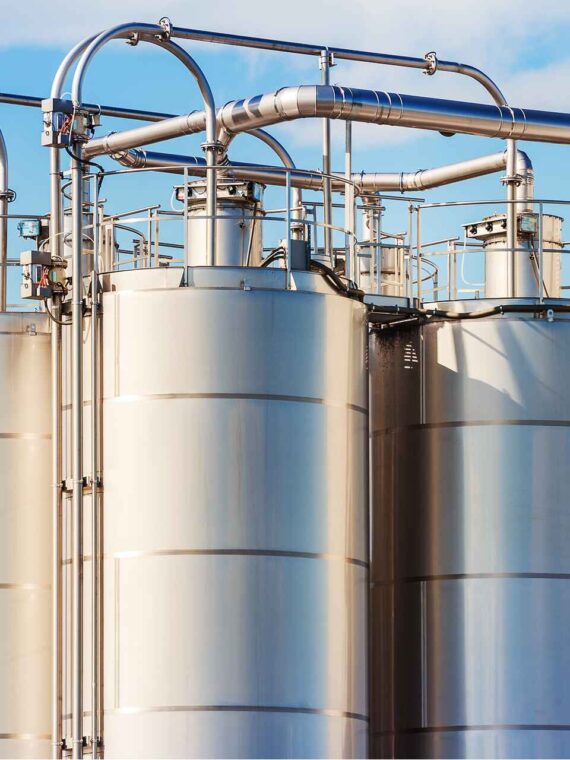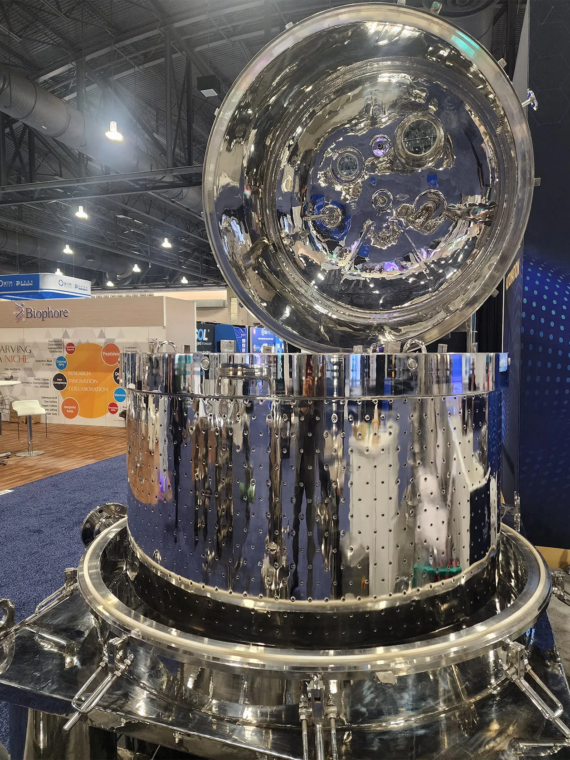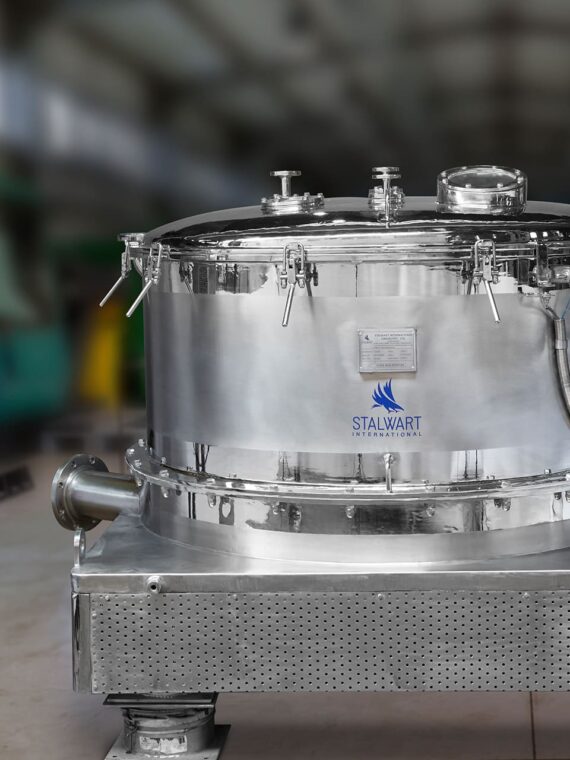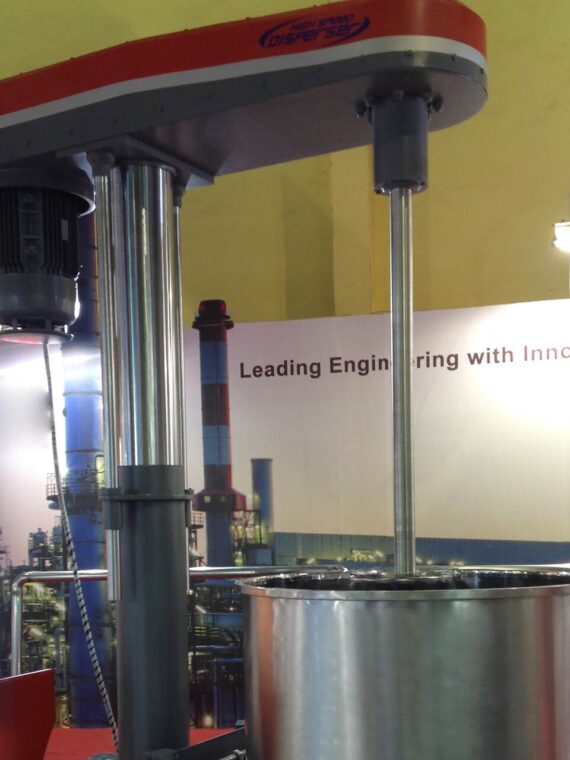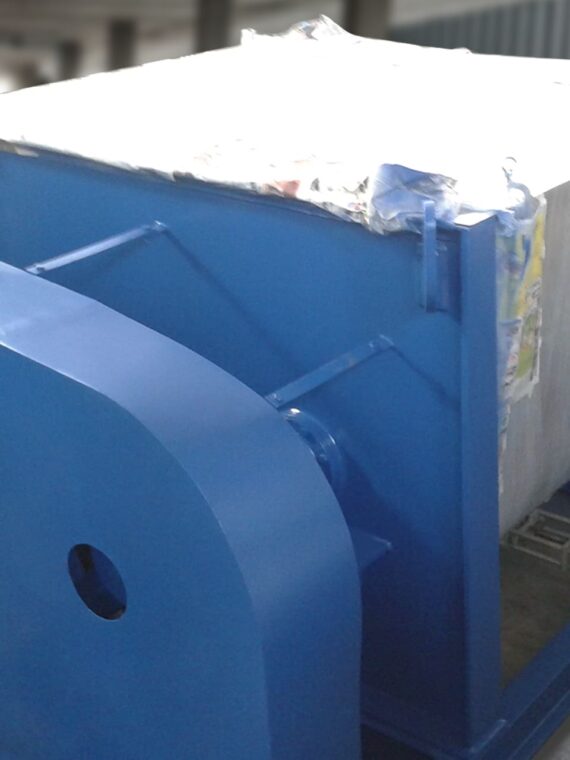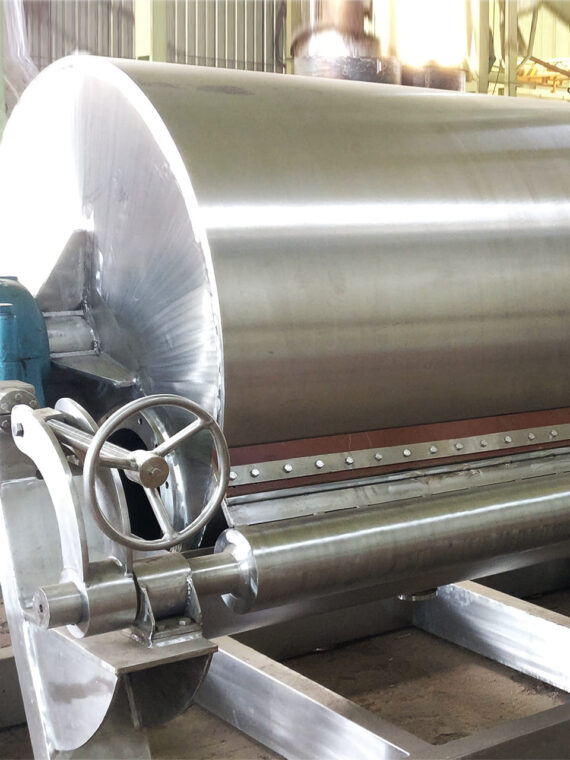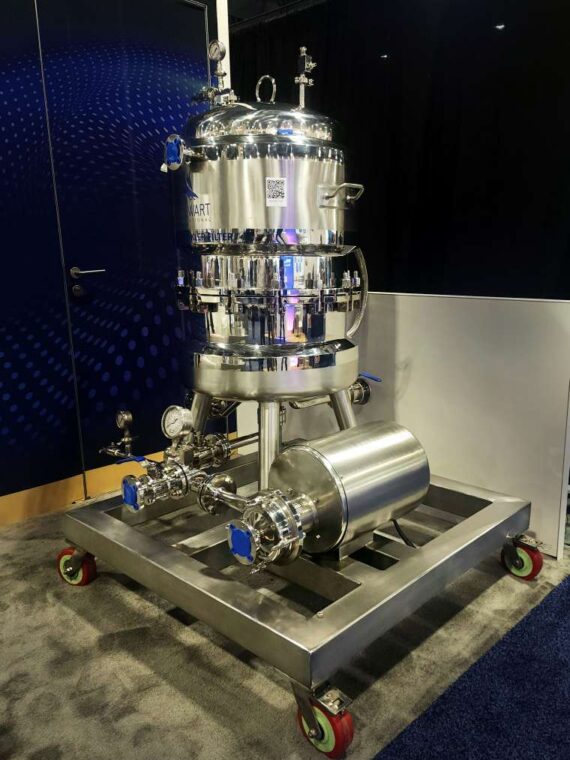A heat exchanger is a device that is used in order to transfer heat by an indirect method. There are various kinds of these products that are used so widely in the dairy industry of India. There are some of them that are designed just like the conventional shell and tube heat exchangers. In these cases within each tube, you have a scraping element. It is the reciprocating movement of these scrapers that mixes the fluid. At the same time, these movements clean the heat exchange surface as well. This brings down the downtime as well as maintains a high rate of heat transfer.
Milk has been an essential food source for the human being. Processing fresh milk by means of pasteurization is an important action in the production method, and as such heat exchangers provide an efficient means of achieving this. Heat exchangers are suitable for the milk and dairy businesses a wide array of products be it, milk, cream, butter, buttermilk, yogurt, whey, ice cream, butter oil, baby food, or condensed milk. Heat exchangers can pasteurize heat or cool your product over a comprehensive range of volumes and are extremely fit for sensitive processing applications.
The Ideal Products
This is the reason why Heat exchanger happens to be the ideal options for heat exchange related applications where you have limiting factors such as low heat transfer or fouling. The thing with these products is that you can apply them in the context of hygienic and industrial applications as well. The heat exchanger has different sections that ensure enough provision to the direct milk to the cream separator. For microbial elimination and protein denaturation, there is a holding section is also present.
Read Also: Five Heat Exchanger Components Need Timely Maintenance
The Gentle Movement of the Scrapers
It is this gentle movement of the scrapers that lets the system be used in case of delicate products as well. They also function in such a way that product integrity is not compromised at all.
Read Also: Factors to Consider While Choosing a Heat Exchanger
Continuous Improvement
One of the best things about these products is that they are improving at all times and this has meant that the top shell and tube heat exchanger manufacturers in India have been able to apply them in a wide array of industries and markets. For example, in some cases, the makers of these products have increased the stroke rate of these scraper bars. This, in turn, has led to a considerable increase in the rate of heat transfer.
These days, you also have a better range of heat exchanger models available in this regard. This means that now it is possible for Milk production companies to offer profitable solutions in this regard. Apart from the milk industry, this heat transforming machinery is also used for environmental applications as well as evaporation, and cooling and heating applications.
Read Also: Major Types of Heat Exchangers in Various Industries
Conclusion
There are certain characteristics of these products that you need to be aware of. Within each inner tube, you have one scraper bar. These products come with separation chambers as well. This space is supposed to separate the tube heat exchanger and the shell and the drive cylinder. It is the drive cylinder which runs the scraper bars. They also have a hydraulic drive cylinder that supplies the energy that is necessary to move the scraper bar.
FAQs
Why heat exchanges s important in the Indian milk dairy industry?
In the Indian milk dairy industry, it is essential for pasteurization, cooling, and maintaining the desired temperature of milk, ensuring quality and safety.
What types of heat exchangers are commonly used in Indian milk dairies?
The most common types include plate heat exchangers, shell-and-tube heat exchangers, and scraped-surface heat exchangers. Plate heat exchangers are widely preferred for their efficiency and compact design.
Are heat exchangers easy to clean and maintain?
Most heat exchangers used in dairies are designed for easy cleaning, often using Clean-in-Place (CIP) systems. Regular maintenance ensures hygiene, optimal performance, and compliance with safety standards.
Are heat exchangers cost-effective for small and medium-sized Indian dairies?
Yes, heat exchangers are available in various sizes and configurations, making them suitable and affordable for small and medium-sized dairies. Their long-term energy savings and quality improvements outweigh the initial investment.
How does using heat exchangers align with FSSAI regulations in India?
Heat exchangers help dairies comply with FSSAI standards by ensuring proper pasteurization and cooling, which are critical for food safety and quality control in the dairy industry.


